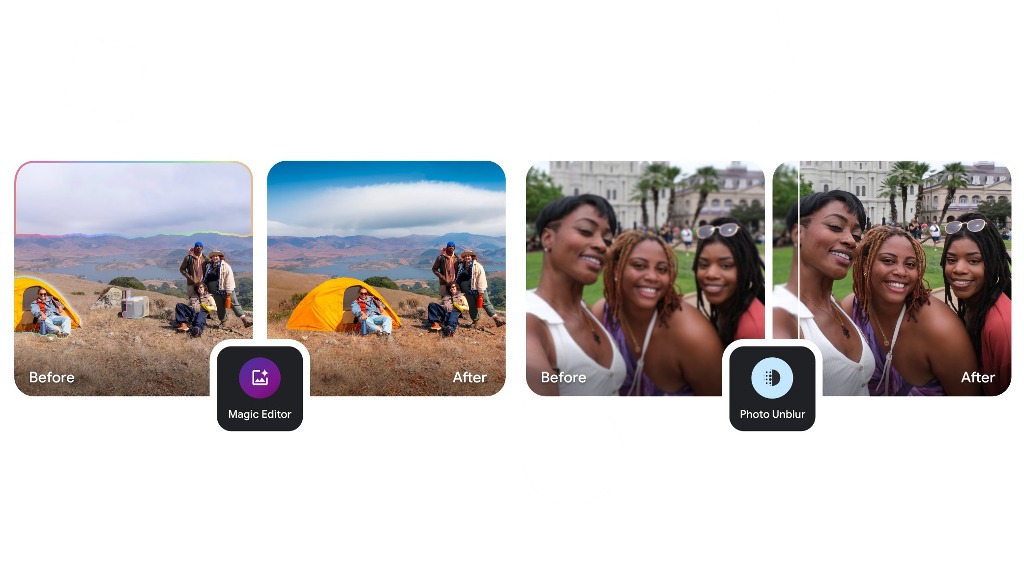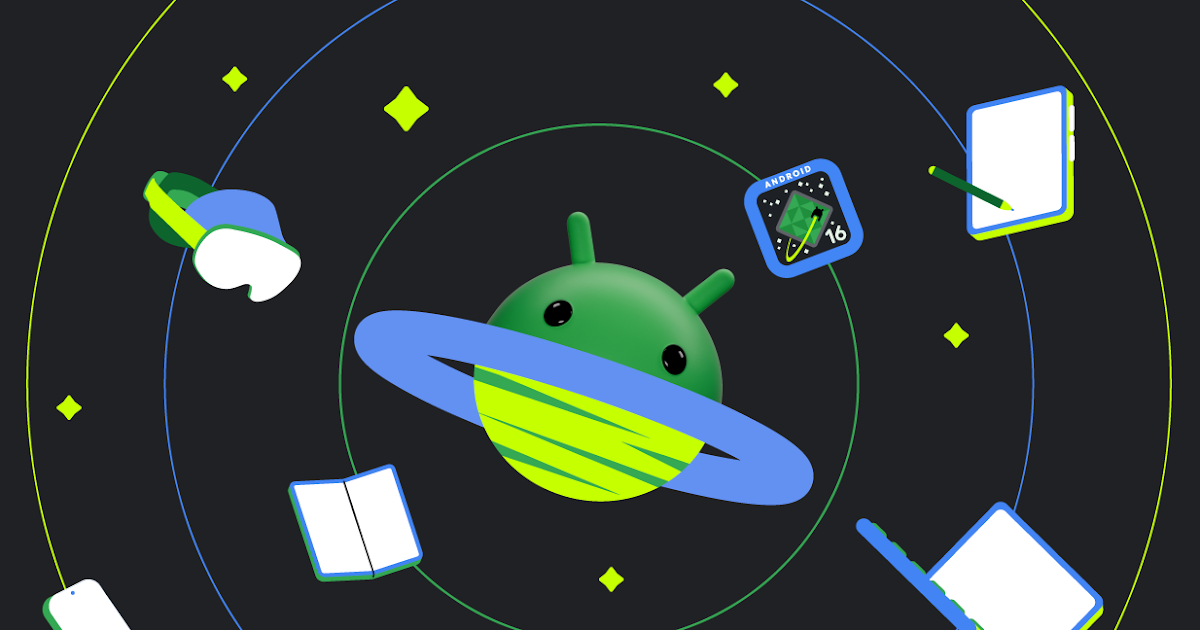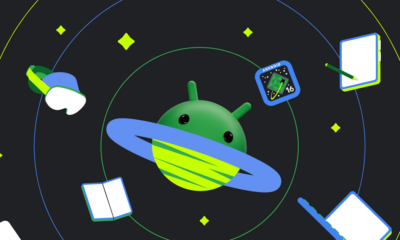How Google Photos might revolutionize photo organization

For many of us, our smartphones have become the primary keepers of our memories. We snap photos of everything – family gatherings, breathtaking landscapes, everyday moments that we want to hold onto. But as our photo libraries grow, managing them can become a daunting task.
Scrolling endlessly through a chaotic jumble of images isn’t exactly the nostalgic experience we’re hoping for. That’s where apps like Google Photos come in, offering tools to help us make sense of the digital deluge. And it seems Google is gearing up to give us even more control over our precious memories.
Google Photos has long been a favorite for its smart organization features. Its AI-powered capabilities, like facial recognition and automatic album creation, have made it easier than ever to find specific photos. One particularly useful feature is “Photo Stacking,” which automatically groups similar images, decluttering the main photo feed.3 Imagine taking a burst of photos of the same scene; Photo Stacking neatly bundles them, preventing your feed from becoming overwhelmed with near-identical shots.4 However, until now, this feature has been entirely automated, leaving users with little say in which photos are grouped. If the AI didn’t quite get it right, there wasn’t much you could do.
But whispers within the latest version of Google Photos suggest a significant change is on the horizon: manual photo stacking. This potential update promises to hand the reins over to the user, allowing us to curate our own photo stacks. What does this mean in practice? Imagine you have a series of photos from a family vacation. Some are posed group shots, others are candid moments, and a few are scenic landscapes from the same location. With manual stacking, you could choose precisely which photos belong together, creating custom collections that tell a more complete story.
This shift towards user control could be a game-changer for photo organization. Currently, if the automatic stacking feature misinterprets a set of photos, you’re stuck with the results. Perhaps the AI grouped photos from two slightly different events, or maybe it missed some subtle similarities between images you wanted to keep together. Manual stacking would eliminate these frustrations, allowing you to fine-tune your photo organization to your exact preferences.
While the exact implementation remains to be seen, we can speculate on how this feature might work. It’s likely that users will be able to select multiple photos from their main view and then choose a “Stack” option from the menu that appears at the bottom of the screen – the same menu that currently houses options like “Share,” “Favorite,” and “Trash.” This intuitive interface would make manual stacking a seamless part of the existing Google Photos workflow.
The implications of this potential update are significant. It’s not just about decluttering your photo feed; it’s about empowering users to tell their stories more effectively. By giving us the ability to manually group photos, Google is essentially providing us with a new level of creative control over our memories. We can create thematic collections, highlight specific moments, and curate our photo libraries in a way that truly reflects our personal experiences.
This move also speaks to a larger trend in user interface design: giving users more agency. Instead of relying solely on automated systems, developers are increasingly recognizing the importance of providing users with the tools to customize their experience. Manual photo stacking in Google Photos perfectly embodies this principle, putting the power of organization directly into the hands of the user.
While this feature is still in the development stages, its potential impact on how we manage and interact with our photos is undeniable. It promises to transform Google Photos from a simple photo storage app into a powerful storytelling tool, allowing us to connect with our memories in a more meaningful way. As we await further details and the official rollout of this feature, one thing is clear: the future of photo organization looks brighter than ever.
Android
Android 16 brings simpler app controls

Google is working on Android 16, and it’s set to make managing apps easier than ever. A new feature spotted in the latest test version lets you tweak app settings right from the app’s info page. This means less digging through menus to change how an app works on your phone.
In the current Android setup, if you want to adjust things like permissions or notifications, you often have to jump between different screens. It’s not hard, but it can feel like a chore. With Android 16, everything you need—permissions, data use, and more—will be in one spot. For example, you could quickly turn off an app’s access to your camera or check how much battery it’s eating up, all without leaving that page.
This change comes from something called “App Settings Panels,” which Google is testing now. It’s not live for everyone yet, but it’s a sign of what’s coming. The idea is to save you time and make your phone feel smoother to use. Imagine opening an app’s info and seeing all the key options laid out simply—no extra taps needed.
There’s more good news: Android 16 might roll out sooner than usual. Some rumors say Google could drop it as early as June 2025, instead of the typical fall release. That’s because they’re speeding up how they build and test updates. Of course, this is still in the works, so the exact date could shift.
For anyone who loves keeping their phone just right, this update looks like a win. Fewer steps to control apps mean less hassle and more time enjoying your device. Keep an eye out—Android 16 could change how you handle your apps for the better!
Pixel 9’s new call notes feature: Share Your Call Transcripts Easily
Google’s Pixel 9 is bringing a handy tool called Call Notes, spotted in a recent app update analysis. This feature records phone calls and turns them into text, making it simple to save or share what was said. It’s part of the Google Phone app and could be a game-changer for users who need to keep track of conversations.
With Call Notes, you can create a written version of your call and send it to others via apps like Messages or email. The transcripts might also sync with the Notes app for easy access later. Screenshots from the update show options like “Share transcript” and “Save call note,” proving how user-friendly it is.
This tool seems perfect for people who want to review talks or share details without replaying the whole call. However, it’s still in testing, so not everyone can use it yet. The Pixel 9, set to launch soon, might roll this out fully. For now, it’s an exciting peek at how Google is making call management simpler and smarter.
Pixel 10 and Pixel 10 Pro Fold camera secrets revealed
Google’s Pixel 10 is coming with some exciting camera upgrades! Leaked details show it’ll have a powerful 50MP main camera that takes super clear and bright photos, even in low light. The phone will also feature a 48MP zoom lens, letting you capture faraway objects with amazing detail. Plus, there’s a 12MP wide-angle camera for snapping big group shots or stunning landscapes.
The front camera is getting a boost too, jumping to 12MP for sharper selfies and video calls. Google is adding smart software tricks, like better face focus and smoother video recording, to make your pictures and clips look professional. The camera system will also handle tricky lighting better, so your shots stay colorful and balanced.
Unlike older models, the Pixel 10 won’t have a big camera bump—everything fits neatly into the phone’s sleek design. These upgrades show Google’s focus on making photography easy and fun for everyone. Whether you’re a casual snapper or a photo lover, the Pixel 10’s camera sounds like a winner. Stay tuned for more leaks as the launch gets closer!
-

 Apps1 year ago
Apps1 year agoGboard Proofread feature will support selected text
-

 News1 year ago
News1 year agoSamsung USA crafting One UI 6.1.1
-

 News1 year ago
News1 year agoBreaking: Samsung Galaxy S22 may get Galaxy AI features
-

 News1 year ago
News1 year agoSamsung Galaxy S23 Ultra with One UI 6.1 and all S24 AI features revealed
-

 News1 year ago
News1 year agoOne UI 6.1 Auracast (Bluetooth LE Audio) feature coming to many Samsung phones
-

 News1 year ago
News1 year agoSatellite SOS feature coming to Google Pixel phones, evidence leaked
-

 Apps11 months ago
Apps11 months agoGoogle’s fancy new Weather app is finally available for more Android phones
-

 News1 year ago
News1 year agoGoogle Pixel evolves as Europe’s third best selling flagship






